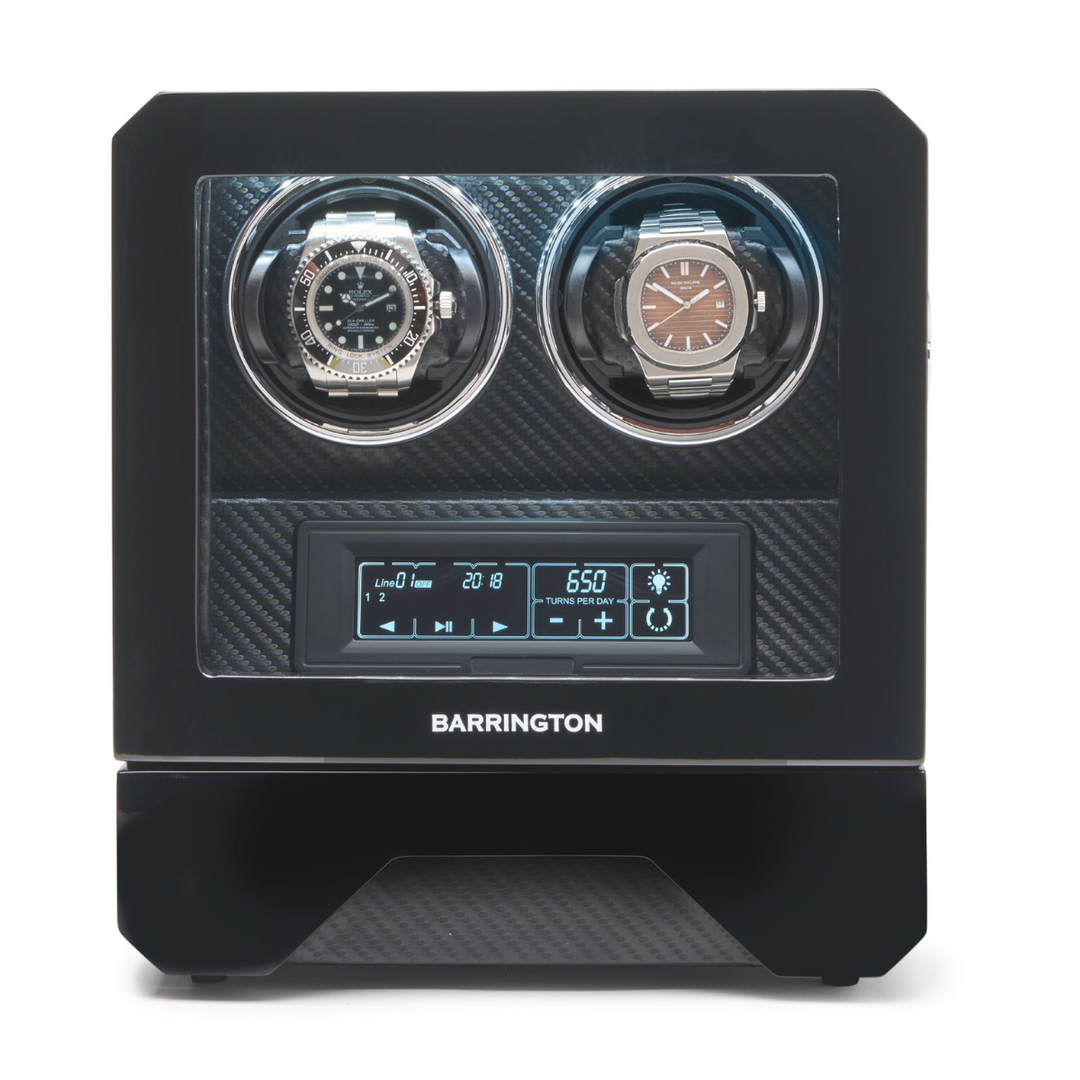Rolex Officially Sells Pre-Owned Watches to Meet Demand
In response to ongoing high demand and a limited supply of its timepieces, Rolex has taken a bold step by offering certified pre-owned (CPO) watches, marking its official entry into the second-hand luxury watch market. As reported by Bloomberg on Tuesday, these pre-owned models are available at Rolex’s flagship store in Geneva, priced significantly above the original retail value.

While the boutique currently has no new watches available and maintains lengthy waiting lists, customers now have the opportunity to purchase pre-owned Rolex watches at a premium. For instance, a platinum Rolex Daytona from 2020 with a light blue dial and brown ceramic bezel, listed new at 74,400 Swiss francs ($87,600), is being sold second-hand for 110,000 Swiss francs. Rolex, which manufactures over a million watches annually, is by far the largest brand in the Swiss watch industry.

Rolex Tightens Control Over the Secondary Market
The decision to issue certificates of authenticity for pre-owned watches was first reported by Bloomberg in 2022. This move allows Rolex to exercise more control over the resale of its watches and represents a shift in the $20-billion second-hand luxury timepiece market.
With Deloitte forecasting the pre-owned luxury watch market to reach $35 billion by 2030, Rolex’s entry has been heralded as a significant development. Joshua Ganjei, CEO of the European Watch Company, noted that this is "arguably the most significant move a manufacturer could make to legitimise the secondary market."
Through its CPO programme, Rolex aims to give customers confidence in purchasing pre-owned watches that maintain the quality and prestige synonymous with the brand. Additionally, this initiative opens new avenues for Rolex to engage with a wider range of customers.
Market Challenges and Shifts in Pricing Trends
Despite Rolex's strategic expansion, the secondary market for luxury watches faces notable challenges. Earlier this year, it was reported that prices for brands such as Rolex, Patek Philippe, and Audemars Piguet fell by 23% in the second-hand market, continuing a two-year decline as post-pandemic demand weakened.
One significant obstacle is sourcing enough watches for certification, despite an estimated 30 million Rolex watches already in circulation. Moreover, profitability remains a concern for authorised dealers, who typically earn gross margins exceeding 30% on new Rolex models but face much slimmer margins on pre-owned pieces. Additionally, the cost of Rolex's authentication services, which typically range from 10-15% of the sale price, further diminishes profitability.
Although new Rolex models remain in high demand, with supply falling short, the brand's move into the certified pre-owned market may reshape consumer behaviour and solidify its influence over the luxury watch industry in the coming years.














